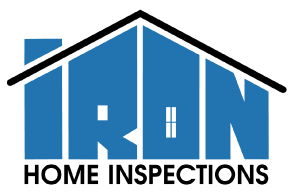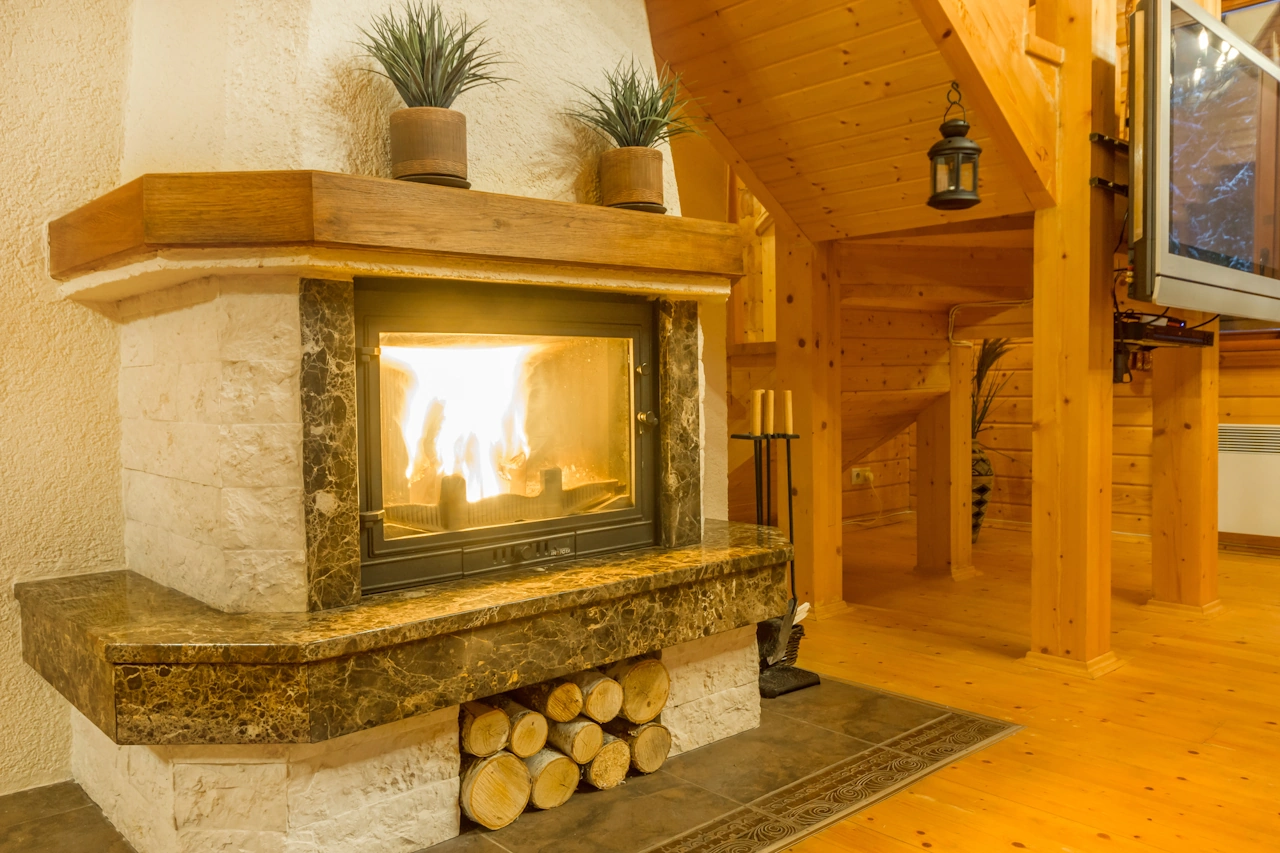A fireplace is a useful feature in a home, providing warmth and ambiance. However, like any appliance, the fireplace can encounter issues that affect its performance. In this guide, we’ll explore six common fireplace issues, how to recognize them, and practical steps for repairs. While homeowners can tackle some problems, it’s important to identify when professional assistance is needed.
Identifying Common Fireplace Issues
Difficulty Starting a Fire
If you consistently struggle to start a fire, or if the flames are weak and don’t catch easily, it could be due to poor airflow, a malfunctioning damper, or a blockage in the chimney.
Verify the damper is fully open before lighting a fire. Check for and remove debris or obstructions in the chimney or flue. If problems persist, consult a professional for a more in-depth inspection.
Smoke Backing Up Into the Room
The presence of smoke in your living space when enjoying a fire clearly indicates a problem. Smoke in the home could result from a blocked chimney, malfunctioning damper, or inadequate ventilation.
To remedy this common fireplace issue, inspect the chimney for materials like leaves, pine needles, and animal nests, and clean it thoroughly. Test the damper to verify it is functioning correctly, and improve ventilation by opening a window or using exhaust fans.
Unusual Sounds
The sounds of a warm, crackling fire are comforting. However, popping, hissing, or other unusual sounds signal issues like creosote buildup, moisture accumulation, or debris in the chimney.
Schedule a chimney cleaning to remove creosote and debris. Install a chimney cap to keep leaves and debris out and prevent animals from entering.
Water Leaks are Common Fireplace Issues
Water stains on the walls or ceiling near the fireplace or a damp, musty smell suggest water leaks. Cracks in the chimney or damaged flashing can allow rainwater to infiltrate. Water may eventually cause damage to the structure of the chimney and lead to mold growth.
Inspect the chimney for cracks and repair them using appropriate sealants. Verify the flashing is in good condition and replace it if necessary. Consult a professional if the issue persists.
Damaged Firebrick or Masonry
Cracks and crumbling or loose bricks in the firebox or chimney indicate deterioration. Damaged masonry compromises the efficiency and safety of your fireplace.
Replace damaged bricks or mortar using heat-resistant materials. If the damage is extensive, consult a professional mason to assess and repair the masonry.
While a fireplace brings warmth to your home, it’s important to be aware of common issues that may arise. Recognizing these problems early on and making repairs will ensure the safety and efficiency of your fireplace. For more complex concerns, seek professional assistance. Regular maintenance and prompt attention to signs of trouble contribute to a well-functioning and enjoyable fireplace.
FAQs
Can I prevent creosote buildup between regular chimney cleanings?
Use specially designed logs known as “creosote-burning” logs. These logs release chemicals to break down creosote, reducing its buildup. These logs are not a substitute for regular chimney cleanings and inspections.
Can a fireplace issue cause an increase in energy bills?
Yes. A malfunctioning damper or poor ventilation impacts the fireplace’s efficiency, causing heat loss and higher energy bills. Clean the chimney and repair damper problems to boost the fireplace’s efficiency.
What steps can I take to enhance the visual appeal of my fireplace?
Install fire-resistant glass doors for a sleek and modern look. These doors enhance safety by containing sparks and improve the overall aesthetic. Update the fireplace surround with new tiles or a fresh coat of paint.
Are there alternative materials for repairing damaged firebrick besides traditional mortar?
For smaller repairs, use refractory cement or firebrick mortar specifically designed for high-temperature applications. For significant damage, consult a professional mason for repairs.
Can a malfunctioning damper impact indoor air quality?
Yes, a malfunctioning damper can lead to inadequate ventilation, causing the accumulation of smoke and pollutants in the home, negatively impacting indoor air quality, and posing health risks.
Iron Home Inspections offers inspection services to homebuyers and sellers in Wayne and Oakland counties. Contact us to schedule an appointment.

